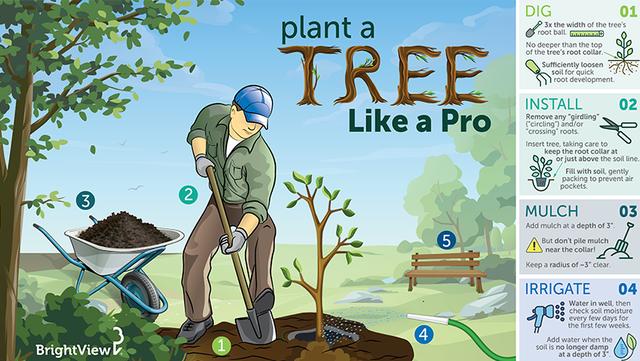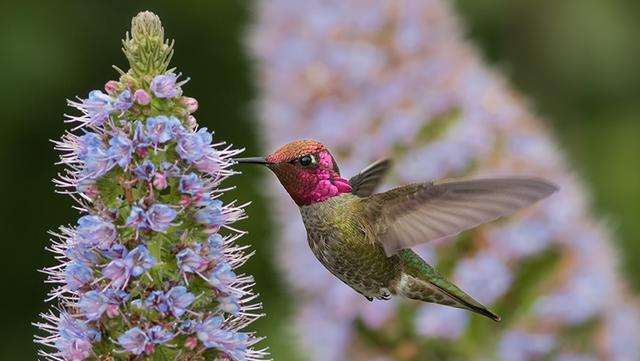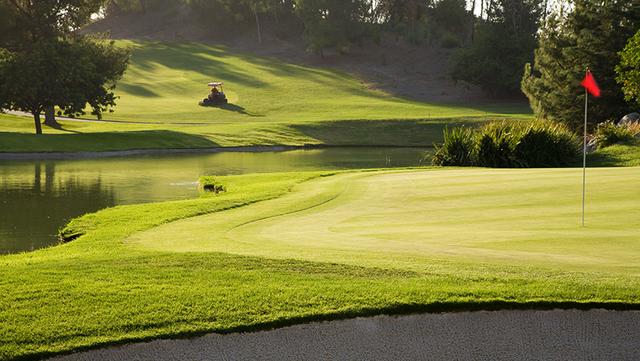
The How and Why of Regenerative Landscapes
A natural, beautiful and sustainable approach to your landscape
Regenerative landscapes are those that restore the environment and encourage long-term sustainability, increased biodiversity, and enhanced resilience. A well-designed regenerative landscape can also complement your property, reduce your water and maintenance costs, and create seamless, yet visually pleasing, harmony with surrounding natural open spaces.
Some of the benefits regenerative landscapes deliver include:
- Effective erosion control.
- Reduced water consumption.
- Reduced maintenance costs.
- Reduced capital construction costs.
- Elimination of chemical use.
- Reduced visual impact of development.
- Better soil conditions due to the use of native plants.
Regenerative Landscape Checklist
There are many things to consider before planting a regenerative landscape. This checklist can help you get started.
- Work with an experienced professional. Regenerative landscapes are a science — success is achieved through using knowledgeable designers, contractors, and maintenance companies.
- Think long term. Regenerative landscapes usually take a few years to reach their peak.
- If applicable, communicate the reasons behind planting your regenerative landscape to tenants or HOA residents. Let them know the timeline, what to expect, and what benefits this landscape offers the environment.
- Before you start, analyze the existing native landscape in your area and use the most visually-pleasing plants in your regenerative landscape.
- Contrast colors and textures and group and cluster plantings for visual impact. Again, a landscape designer can help with this.
- Use evergreen native plantings, such as Baccharis, along highly-viewed areas.
- Use low-growing, low fire-fuel natives such as prickly pear along high-fire fuel zones.
- Hydroseed just prior to the rainy season.
- When hydroseeding, pre-treat the seed to get quick germination.
- Design single-coverage irrigation to reduce run-off and promote deep watering.
For more information, see our three-year timeline and maintenance schedule for a typical regenerative landscapes.
Delivering Landscape Development Excellence
Bring big dreams to life with a simple “get it done” approach. Get your landscape installation project in the ground, on time and on budget, without the hassle.




